B&W 606 vs 607 speakers: which should you buy?
We compare B&W's class-leading, affordable stereo speakers

If you’re after the best affordable bookshelf speakers on the market, it’s hard to avoid the Bowers & Wilkins 600 Series.
This range is home to two of your prime choices: the B&W 607 (£399, $599, AU$999) and their chunkier, pricier siblings, the B&W 606 (£549, $899, AU$1245). This duo has so much in common – visually and in terms of engineering – that choosing the right pair of speakers for your needs isn’t straightforward.
They’re both hugely capable performers that set the standard at their respective price points. B&W clearly understands what it takes to make great affordable speakers and has been getting it right ever since the first generation 600 series was launched in 1995. The current products are the sixth iteration, and are arguably the most capable yet.
Build and design
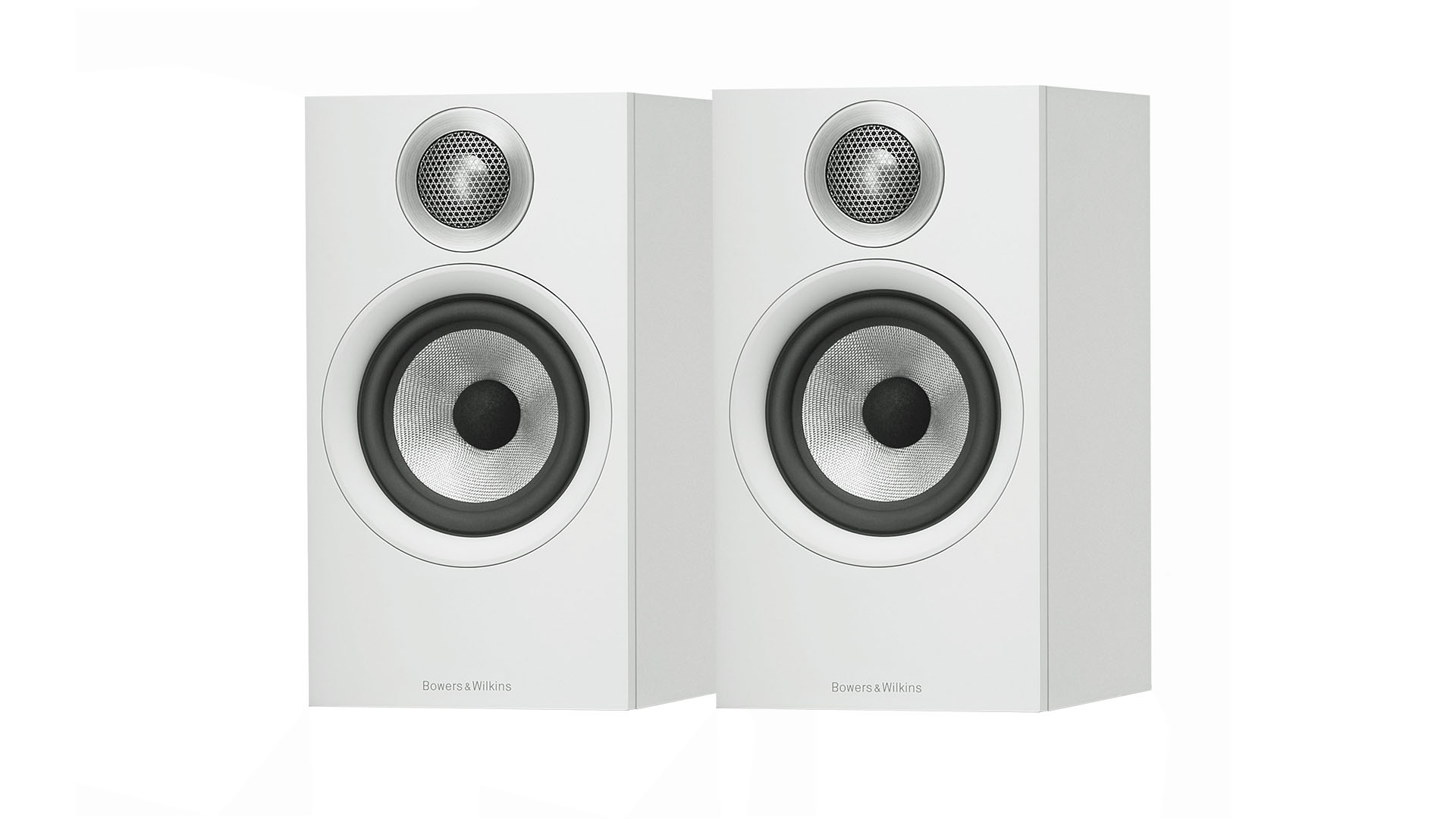
The basic design of the B&W 600 series has remained surprisingly consistent. Up until the current generation, the speakers had been ported two-ways, with an aluminium dome tweeter and Kevlar mid/bass units. They’ve never had the most luxurious of enclosures but the boxes have invariably been solidly made and nicely finished. Importantly, they’ve always packed enough internal volume to help the speakers deliver a properly balanced sound.
The latest 600s barely mess with that winning formula, and where they do change things, it’s entirely logical. B&W had promoted woven Kevlar as an ideal drive unit cone material for decades, indeed its speakers were instantly recognisable thanks to its distinctive yellow colour. Things have changed now, and the company has spent much of the last five years switching from Kevlar-based cones to a proprietary material called Continuum.
Continuum was first introduced in the high-end mega-money 800 D3 series and has steadily filtered into the company’s more affordable speakers as and when those ranges have been revamped.
But, as the name suggests, this isn’t a major technical departure for B&W. The newer material has pretty much the same characteristics as Kevlar – namely well controlled break-up behaviour (when the driver distorts at the top of its frequency range), combined with relatively low mass – but with the good points turned up to 11.
Get the What Hi-Fi? Newsletter
The latest hi-fi, home cinema and tech news, reviews, buying advice and deals, direct to your inbox.
The company’s engineers can show you lots of data and fancy computer animated images to prove Continuum’s advantages, but it only takes a short listen to confirm that the new material results in a cleaner and crisper sound.
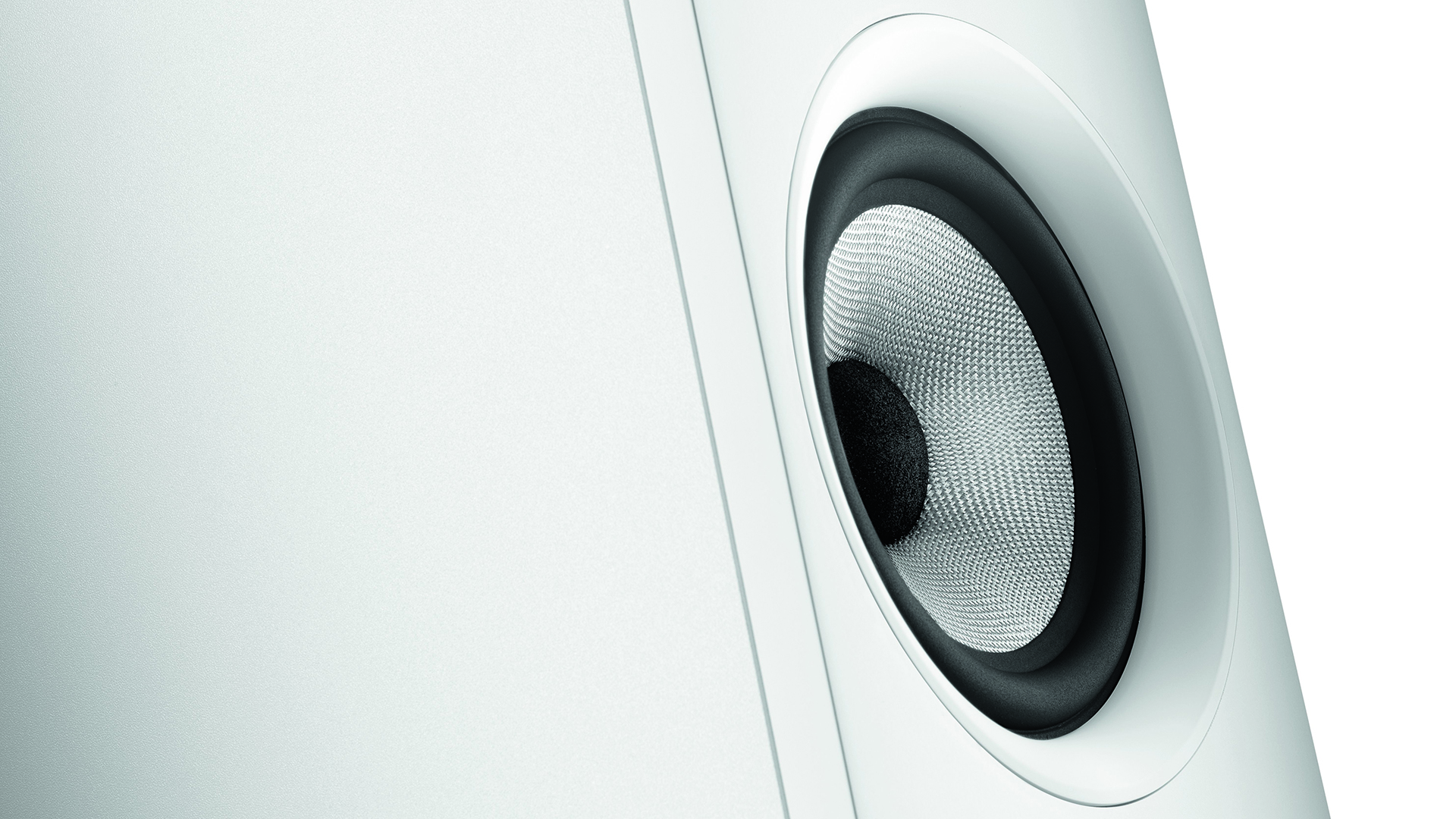
As has long been the case, the mid/bass driver is tuned by one of B&W’s trademark dimpled ports. The dimples are there to affect airflow and reduce unwanted noise. The big change for this 6th generation is that the ports have migrated to the rear, which cleans-up the front panel visually and reduces the chances of any unwanted sounds from the port reaching the listener.
All the speakers in the current 600 series use the same tweeter design. It’s a refinement of the company’s long-running aluminium dome, but here it has been reinforced to add rigidity and is powered by an improved motor system. As with previous generations, the sound from the back of the dome is fed down a damped tapered tube and absorbed rather than being allowed to interfere and add distortion to the forward radiating sound. The benefit is a cleaner, more detailed presentation.
What's the difference in size?
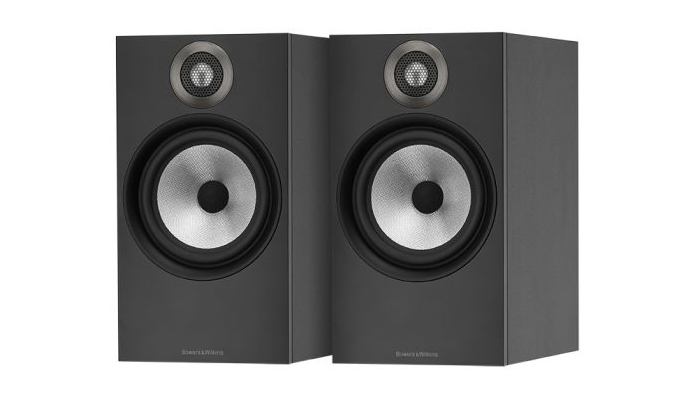
So, the 607 and 606 obviously have the same engineering DNA, but as with any siblings, that doesn’t automatically make them the same. It may not be readily apparent from our photos but the B&W 606s are much larger. Despite a height difference of only 45mm, they have a considerable depth advantage that gives them the best part of double the internal volume.
This larger cabinet on the 606s means that the engineers can also fit a bigger mid/bass driver: 165mm compared to 130mm. That difference of 35mm in diameter may not look like much, but putting what we remember from our O-Level Maths to use tells us that it amounts to around 62% more radiating area. That’s a significant amount.
On paper, the combination of these things should give the 606s considerably more in the way of sonic scale and authority. But surprisingly, not more bass extension, at least if you go by B&W’s figures. According to the claimed specifications both models share the same 52Hz to 28kHz frequency response (within the standard -/+ 3dB limits).
That’s a bit of a surprise, but it all becomes clear when you find out that at 88dB/W/m the B&W 606 speakers are a whopping 4dB more sensitive. All things being equal it means that the bigger speakers will need far less amplifier power to produce any given volume level.
That said, neither of these speakers are particularly easy on an amplifier, as indicated by the minimum impedance figures, which hover around 4ohms. As a bare minimum, consider partnering these speakers with amplifiers of the standard of a Rega Brio or Cambridge CXA61 if you want to get the most out of them.
How do they sound?
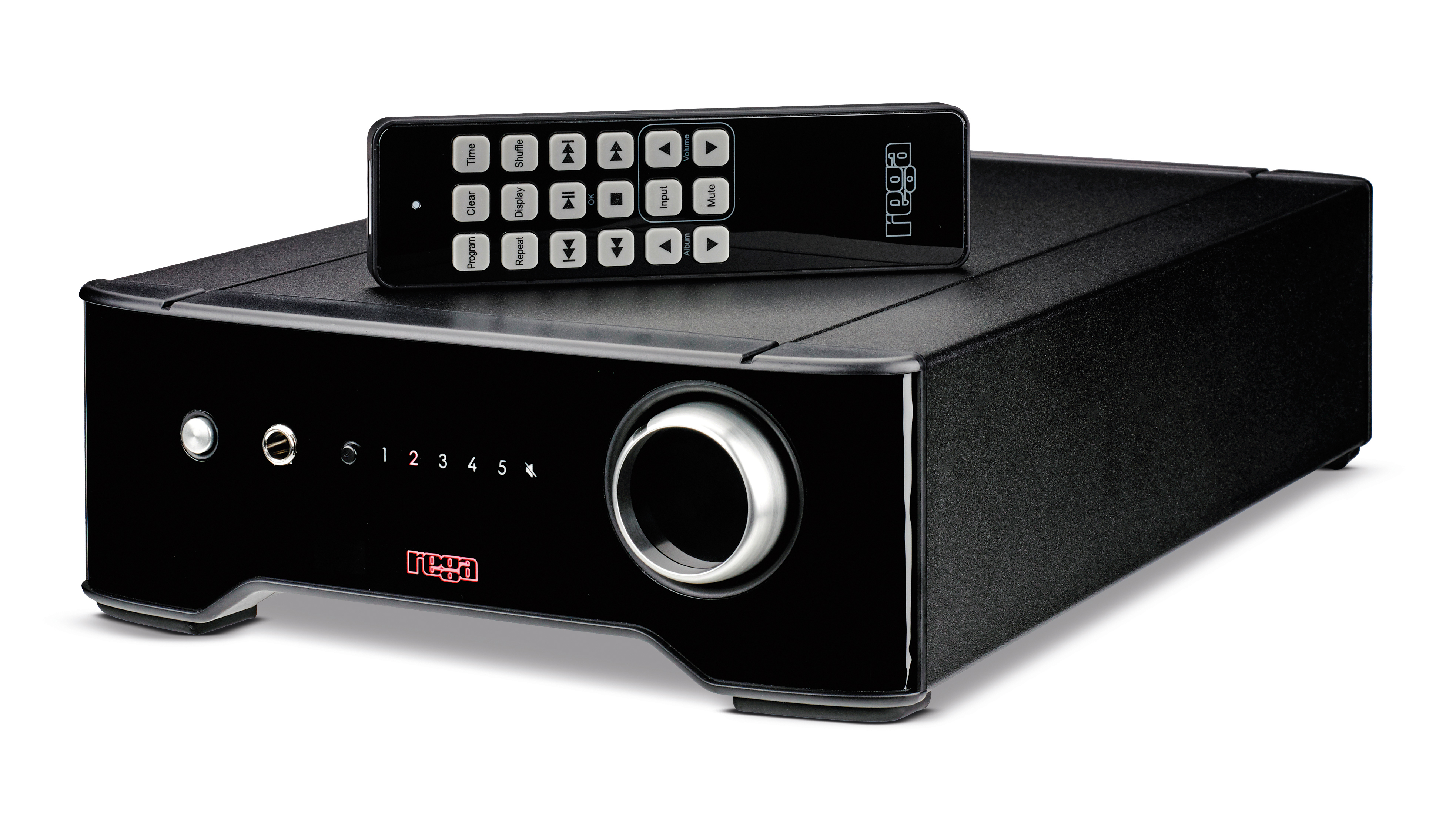
Company insiders are big fans of the B&W 607s and it doesn’t take long to understand why. These are enthusiastic performers that deliver bass with a punch and power that belies their modest dimensions. They reveal plenty in the way of detail too, giving class-leading insight into recordings that most rivals can’t match.
Best of all, they work well with a wide range of music. Listen to something understated and intimate, such as Last by The Unthanks, and these boxes have no trouble communicating the group’s emotion-packed but low-key vocals. The backing instrumentation is handled with subtlety and presented in a cohesive and musical manner. It speaks well of the integration between the two drivers and the work that’s gone into designing the crossover.
Move to the likes of Dvorak’s New World Symphony and the 607s confound expectations by rendering a large-scale sound packed with authority. They dig up plenty of detail and deliver it in a wonderfully organised way. They paint larger dynamic swings with confidence and sound refreshingly assured when volume levels head north.
These aren’t the most neutral performers around but they are generally well balanced. The top-end has bite when needed but also the refinement to play more aggressive recordings without making us wince.
Overall, there’s much to admire here and little to complain about. If you want small speakers that can cope with everything you can throw at them we can’t think of a better alternative to the B&W 607 speakers for the money.
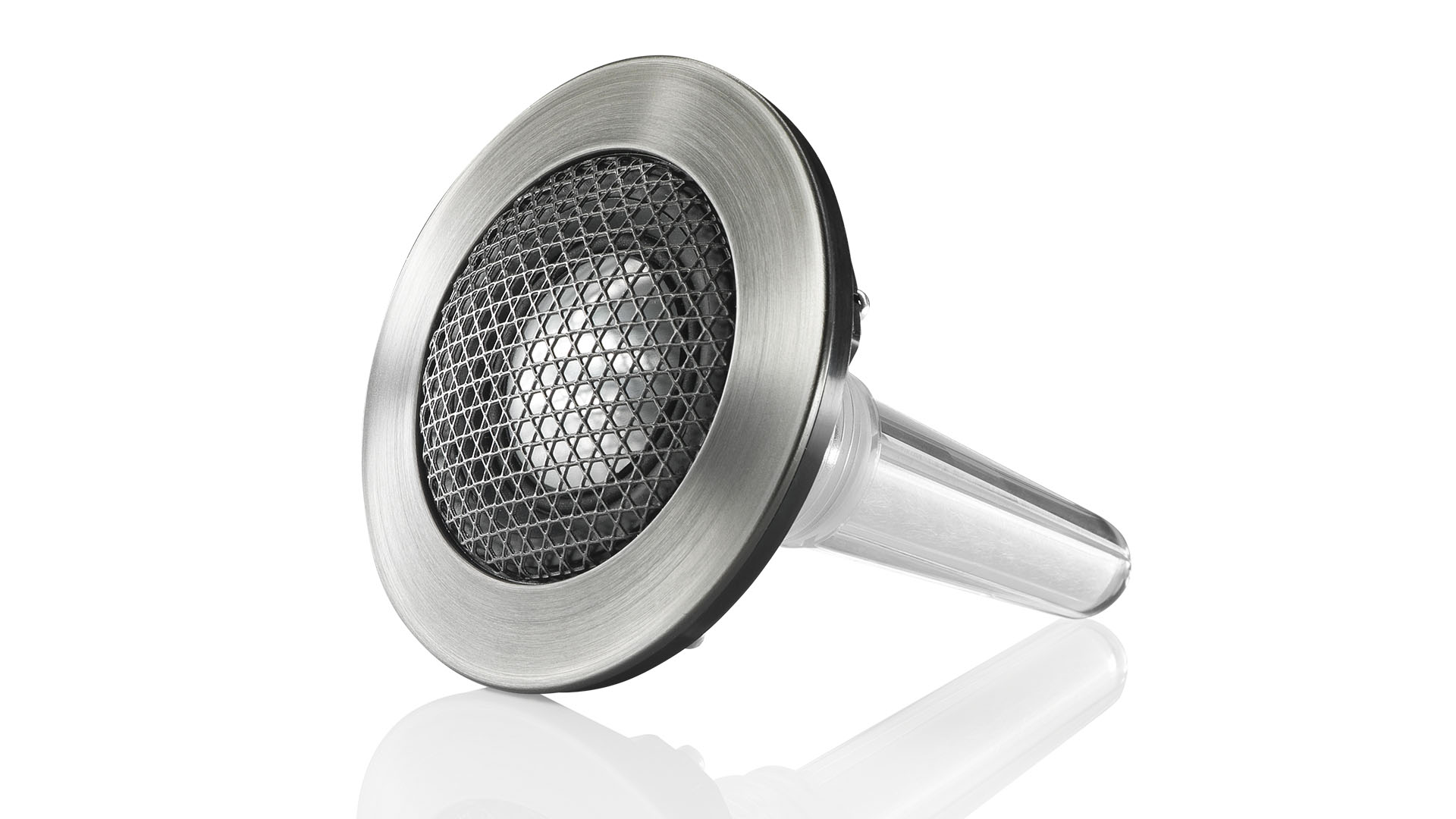
However, if you can go bigger, and spend that little bit more, we suggest stretching to the B&W 606 speakers. These do everything their little brothers manage but go even further in some respects. Absolute detail levels are broadly on a par – understandable given the similarly of the drive units and cabinets – but there are notable gains in dynamic subtlety, scale and bass agility.
Play anything that requires authority and the 606s do it even better than the B&W 607s. They sound more grown up and better capable of handling difficult recordings. The little ones are really good, but these turn out to be that bit better.
We find ourselves more involved when listening to The Unthanks, the emotional punch of songs like Nobody Know I’m Gone hitting home with greater precision. While switching to Dvorak’s symphony shows there’s more in the way of dynamic expression and overall authority here compared to the 607s.
A word of warning though, the 606s’s presentation is a little calmer and more considered than their smaller siblings. This may put them at a disadvantage on a quick dealer demo, but it does bring benefits over the longer term. Some may prefer the more extrovert nature of the smaller speakers, and that’s fine with us. They remain excellent performers. It's another good argument for hearing any speakers before you buy them.
That said, when we compare the two pairs of speakers, on decent stands and with a suitably talented system, we keep going back to the bigger 606s. For us, they’re just that bit more complete in their abilities.
But really, you can’t go wrong here. B&W has outdone itself and produced two superb performers. There’s little else at this level that we prefer.

Ketan Bharadia is the Technical Editor of What Hi-Fi? He has been reviewing hi-fi, TV and home cinema equipment for almost three decades and has covered thousands of products over that time. Ketan works across the What Hi-Fi? brand including the website and magazine. His background is based in electronic and mechanical engineering.
